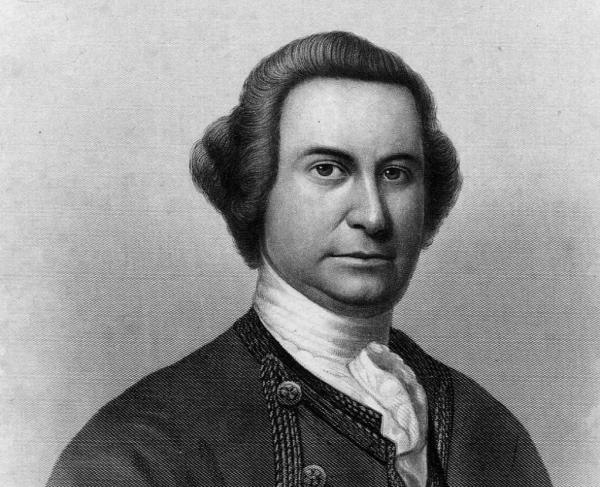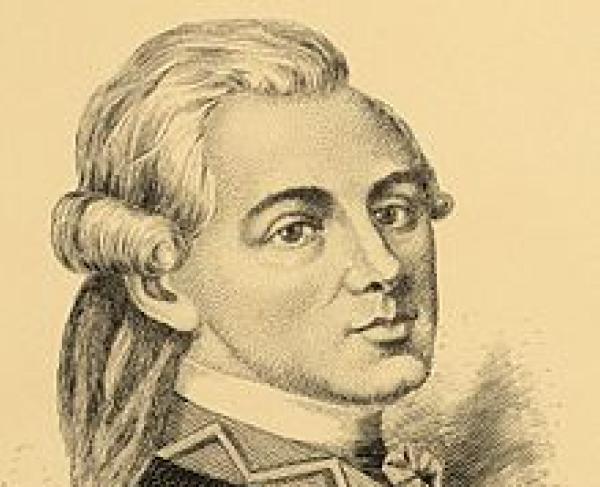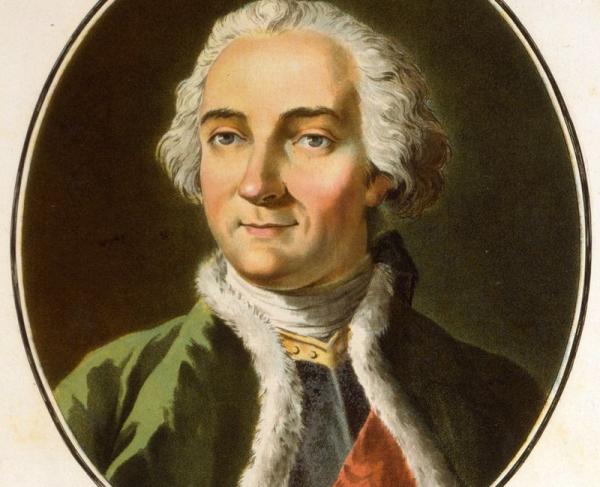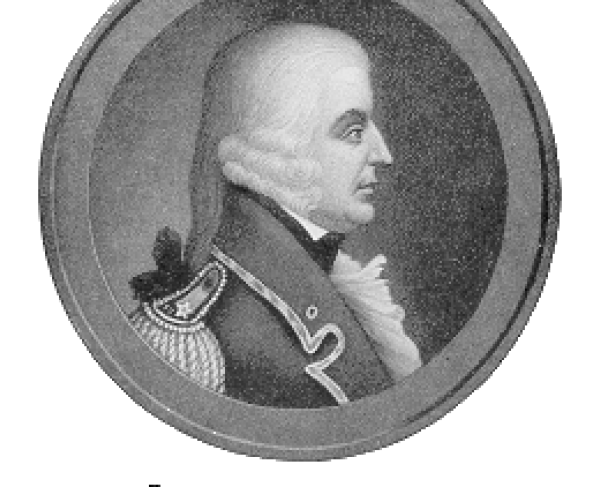Sir William Johnson

William Johnson was born c.1715 in County Meath, Ireland. He was the eldest son of Christopher Johnson and Anne Warren. William’s grandfather’s original last name was MacShane, but he changed it to Johnson to sound more Anglicized, and his mother came from a family of Catholic gentry who lost much of their status to Protestants. William and his family lived a life of comfort and modesty, but due to him being Catholic, he had little room for advancement in the British Empire. Soon, he had converted to Protestantism when he was offered work from his uncle Peter Warren in America.
Warren had purchased a large plot of land along the Mohawk River in New York, which Johnson led an effort to establish a settlement there. Johnson and twelve Irish Protestant families arrived on the land in 1738 and began the toiling process of clearing the land. Johnson became involved in trade with the Mohawk and other Six Nations of the Iroquois when he built a trading post west of Albany, just opposite the river of his uncle’s land. He supplied goods to traders heading to Fort Oswego and traded directly with New York City merchants. In 1742, Johnson and the Mohawk formed an alliance to enhance their trade with the British.
In 1746, Johnson was appointed the New York agent to the Iroquois by the British colonial government due to his close relationship with the Mohawk. One of his duties was to recruit Indian fighters to raid against the French and their settlements on the American frontier. In 1748, Johnson built what became known as Fort Johnson, and by 1755, he shifted all primary diplomatic meetings away from Albany to the fort. In between the construction and the shift, Johnson actually resigned his post as agent. However, in 1753 a Mohawk delegation travelled to New York City and said that the diplomatic relationship between the British and Iroquois would be broken unless Johnson was reinstated.
The same year Johnson was reinstated, the French and Indian War started escalating. British Major General Edward Braddock appointed Johnson as his Iroquois agent and gave him the rank of major general, despite having no military experience. Johnson led an expedition to the French territory and fort of Crown Point in August 1755, where he renamed the French lake to Lake George. The Battle of Lake George between Johnson and his forces and the French and their Indian allies took place on September 8 where his forces held their ground. The battles ended the expedition and Johnson built Fort William Henry on the southern tip of Lake George. After the hardly-decisive victory at Lake George, Johnson received recognition and King George II made him a baronet. In January 1756, the British government made Johnson the Superintendent of Indian Affairs in the northern colonies which gave him great influence and power, which he used to gain huge tracts of land from the Indians. On one of his tracts he founded the city of Johnstown, named after his son. Johnson continued serving in the war with the capture of Fort Niagara in 1759 and accompanying Jeffrey Amherst during the capture of Montreal in 1760.
In the 1760s, Johnson continued practicing his Indian knowledge by being a proponent to the Royal Proclamation of 1763, negotiating a treaty with Pontiac in 1766 and the Fort Stanwix Treaty of 1768.
Johnson spent the remaining years of his life at Johnson Hall, built just outside of Johnstown. In the 1770s he spent much of his time trying to quell Native American discontent in the west by using peaceful means, thus preventing another uprising like Pontiac’s War. On July 11, 1774, Johnson suffered a stroke and died at Johnson Hall. His funeral in Johnstown was attended by nearly 2,000 people and he was buried beneath the altar in St. John’s Episcopal church in the town.


